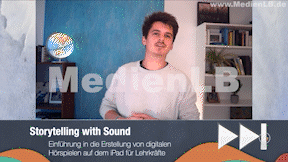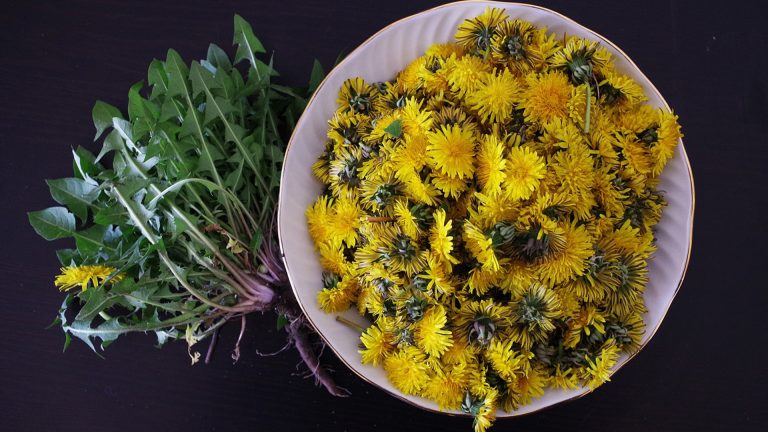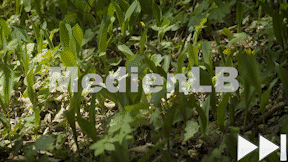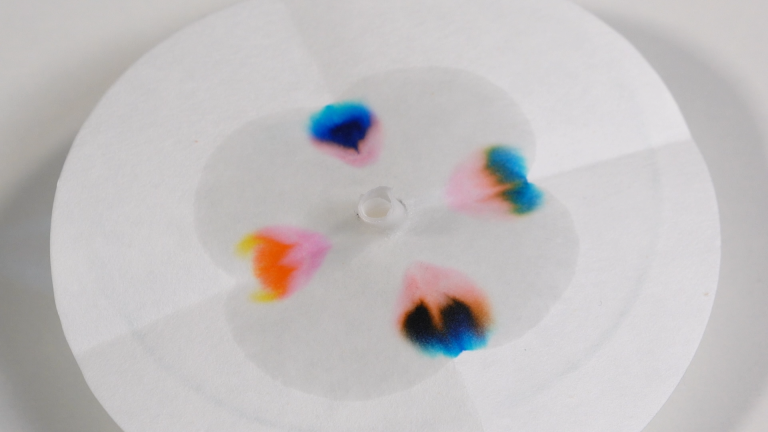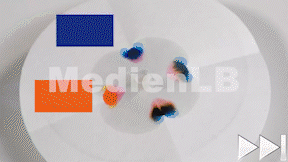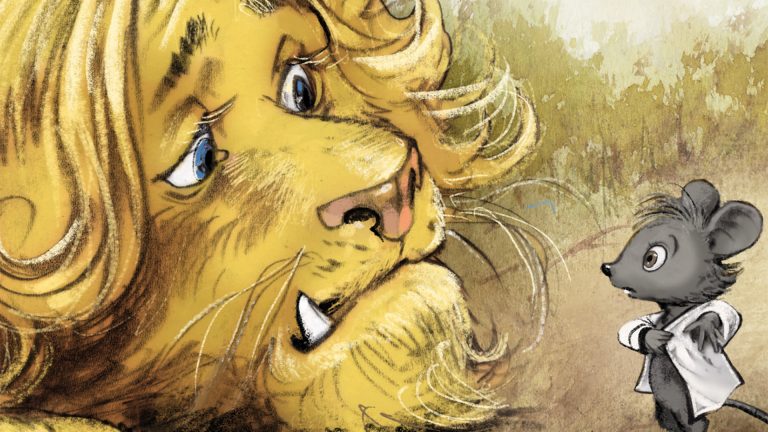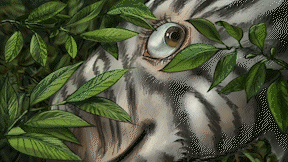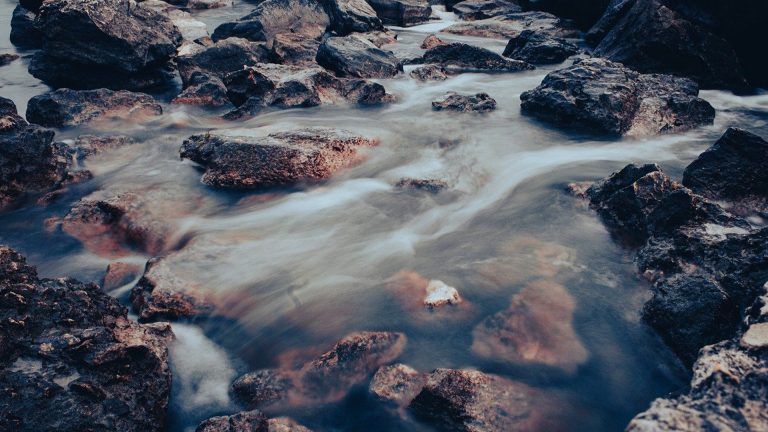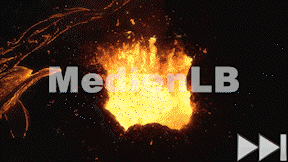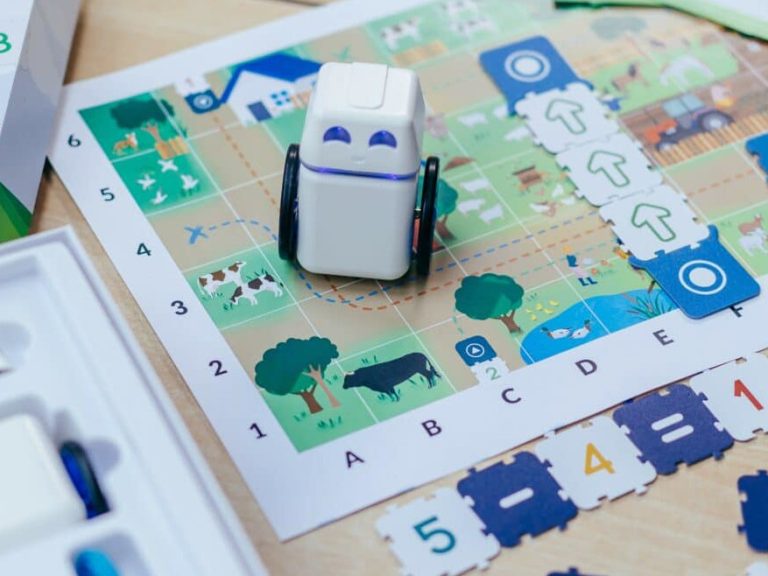Suche:
- # Artistry
- # Biology
- # Chemistry
- # Ecological
- # Economy
- # English
- # Foreign Language
- # Geography
- # German
- # Health
- # History
- # Informatik
- # Latin
- # Mathematics
- # Media Education
- # Music
- # Physics
- # Politics / Civics
- # Preschool
- # Primary School
- # Religion
- # Society
- # Sports
- # Technology
- # Training of Teachers
- # Vocational Education
Hörspiele mit GarageBand
Mit der Software GarageBand lassen sich im Handumdrehen tolle Soundeffekte erzielen
Learn moreWildkräuter
Spitzwegerich, Gänseblümchen, Bärlauch zählen zu den rund 3.500 heimischen Wildkräutern. Sie zeichnen sich dadurch aus, dass sie unbeeinflusst vom Menschen wild am Wegesrand, auf Wiesen und im Wald wachsen.
Learn moreMakeblock xTool P2 - Lasercutter
Mit dem Makeblock xTool P2 Edu Bundle geben Sie Ihren Schülern und Lehrern mehr Flexibilität und unterstützen Sie ihre Kreativität!
Learn moreKamishibai Set
Das aus Japan stammende tragbare Erzähltheater im Set mit drei ausgewählten Bildergeschichten.
Learn moreSTABILO EduPen Neo
Diagnose- & Förderset STABILO EduPen Neo: Der smarte Lehrassistent für eine lesbare Handschrift Für Vorschule, Grundschule und die weiterführende Schule - unterstützt beim Schreiben lernen.
Learn moreDünnschichtchromatographie
Chromatografische Verfahren sind physikalische / chemische Trenntechniken von Stoffen.
Learn moreHilfe, Doktor Mäusezahn!
In eine Rahmenhandlung um Anna und ihre Freundin eingebettet, wird die Geschichte vom Löwen erzählt, der an Zahnweh leidet und von Doktor Mäusezahn geheilt wird.
Learn moreDeutsch lernen mit Musik
Coole Beats und dabei Deutsch lernen. In diesem Film kommt zusammen, was zusammengehört.
Learn moreGesteine
Massivgebirge und Sandkörner haben eines gemeinsam: Sie zählen zu den Gesteinen und sind damit in den geologischen Prozess des Gesteinskreislaufs eingebunden.
Learn moreMyStudio Podcast-Kit
Mit dem MyStudio Podcast-Kit wird das Erstellen von Audio-Content zu einem echten Vergnügen. Das Kit stattet Sie komplett aus, um Unterrichtseinheiten, Tutorials, Podcasts oder Musikaufnahmen auf hohem Niveau zu erstellen.
Learn moreKUBO
Der KUBO Education Roboter ist ein innovatives Werkzeug, das Kindern auf spielerische Weise die Grundlagen der Programmierung und Robotik näherbringt.
Learn more




